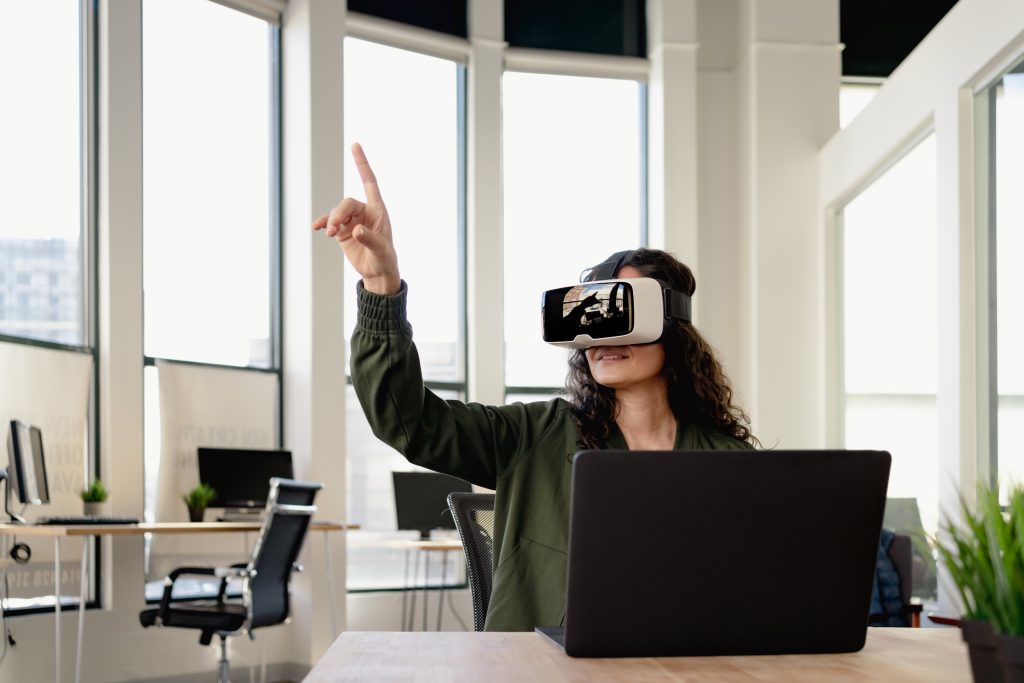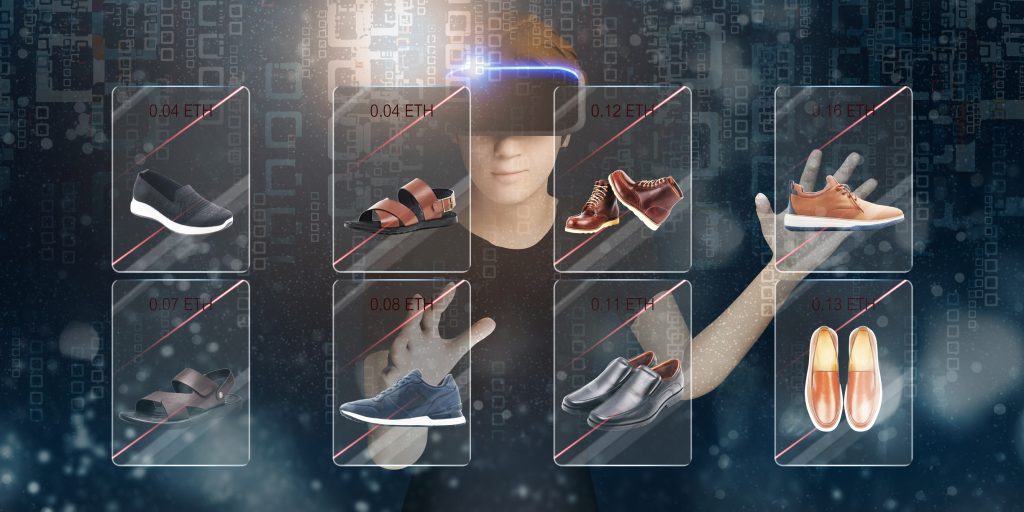Online retail sales have been increasing at a steady rate over the past several years, and it doesn’t show signs of slowing down anytime soon. Many consumers have now become accustomed to ordering a product with the click of a button from the comfort of their own home. But purchasing habits aren’t the only things that have changed with the blossoming of e-commerce; retailers have also had to adapt how they communicate and approach their customers.
Acclimating to new trends is something retailers continually deal with as the market evolves, and this usually creates an overall better experience for the consumer. However, with the rapid increase in internet technology, one innovation is sure to change the entire retail landscape in a pretty profound way – the Metaverse.
What is the Metaverse, Anyway?
The Metaverse has been a hot topic as of late, thanks in large part to Meta (formerly Facebook) CEO Mark Zuckerberg’s almost zealous discussion of it. This has probably left a lot of people wondering just exactly what the Metaverse is, and that’s not really all that surprising. The whole concept can be confusing, but it’s worth trying to understand given how groundbreaking it may come to be.
Meta describes the Metaverse as “… the next evolution in social connection and the successor to the mobile internet.” While that definition is kind of vague, it does get to the heart of what the Metaverse is about. Boiled down, the Metaverse is a decentralized, virtual world where people can work, interact with others and, most importantly, shop. Simply put, it’s a 3D version of the internet that you can access with virtual or augmented reality. Think online games like “World of War Craft” or “Fortnite,” just a whole lot more immersive.
“It’s essentially like a universe,” said Rob Sobieski, strategic advisor and head of the gaming ecosystem at Krypti. “Every planet is its own thing, but you can hop around and it all interacts very seamlessly. You can augment your physical experiences with virtual – you can be completely physical, or you can be completely digital.”

The whole concept is still being worked out and its future is very much up in the air, but that hasn’t stopped the positive speculation. According to an analysis by Bloomberg, the Metaverse is expected to become an $800 billion market by 2024 and plenty of companies have decided to join in on the party. Brands like Louis Vuitton, Nike, Tommy Hilfiger and Adidas have all bought space in the Metaverse to set up shop. Gucci even partnered with gaming platform Roblox to open a virtual garden where players could try on and purchase products for their avatars.
With more companies likely to follow, this begs the question – what kind of impact will the Metaverse have on retail?
A Whole New World — Literally
Given the virtual nature of the Metaverse, companies will need to find new, unique ways to engage with their customers. One way this can be done is by appealing to a customer’s senses. This means creating and focusing on experiences that are both visually and auditorily engaging, so that people feel a positive, emotional connection to a brand and its products.
Phillip Adcock, a psychology and behavior change consultant, says brands can leverage visual retail marketing by incorporating plenty of colors, shapes and textures into their virtual storefront to grab attention. Animation and motion graphics also could provide that “look at me” factor companies should be striving for. On the sound side, digital stores can use audio cues to elicit feelings of being in a particular place – like an actual, real-life store, for instance.
Pretending to be in a physical space is pretty much the whole point of retail in the Metaverse anyway, so creating a hyper-engaging experience is one of the biggest issues companies will need to wrestle with. But as the technology improves in the approaching years, it should get easier and allow brands to push the boundaries of how they want to accomplish that.
This is not all to say that the Metaverse will only create hoops for retailers to jump through, it also will provide new avenues to reach customers in more personalized ways. For example, retailers will be able to display particular information to customers as they shop in the virtual store and view products, enticing them to purchase that or a similar product that may be a better fit. Something like this would never be possible in a real store, unless an employee was nagging you as you browsed (something we all would be happy to do away with).
“[Retailers] will be able to have a much more in-depth customer experience and will be able to increase customer loyalty. It will be a lot more engaging,” said Sobieski. “We’re already becoming a more virtual world. It’s an industry that’s going to keep growing, and this is just going to enhance it.”
Looking Towards the Future
Management consulting company Gartner predicts that 25 percent of people will spend at least one hour a day in the Metaverse by 2026. That gives retailers plenty of opportunity to reach new customers with their products. The technology could revolutionize the shopping industry and those who use it to their benefit will definitely excel.
“I think it’s going to add a ton of value to the retail market,” said Sobieski. “From the perspective of being able to make more money and have a more efficient process, I think the potential for increased profits and increased efficiency is going to be huge.”

And consumers are eager for the new experience. According to retail operating system Brightpearl, 59 percent of U.S. shoppers say they prefer to shop via non-traditional channels and 65 percent wish retailers would make that easier for them.
The Metaverse, then, seems like the perfect way to achieve that. While it most likely won’t lay waste to brick-and-mortar stores, it will provide retailers with another tool in their arsenal. This is how companies should view the Metaverse, not as a basket to put all their apples in, but as another method to add customers and drive revenue.
A virtual world with such large possibilities for peer-to-peer interactions may also open the door for more people to become independent and operate their own businesses. Sobieski says that this could displace larger companies that are set in their ways, depending on what these new industries come up with. Whatever the future holds, it’s clear that the Metaverse will impact the retail world in unprecedented ways.
“There is going to be a whole new industry built on this,” said Sobieski. “From a business perspective, I think it’s going to be a threat or an opportunity, depending on how you see it. I think overall it’s going to be a great thing for the industry as a whole.”















